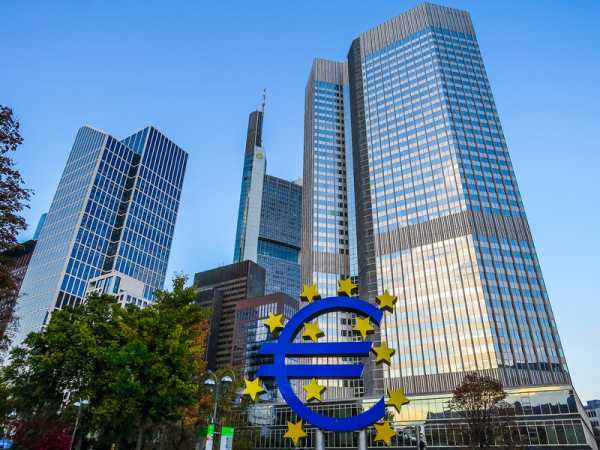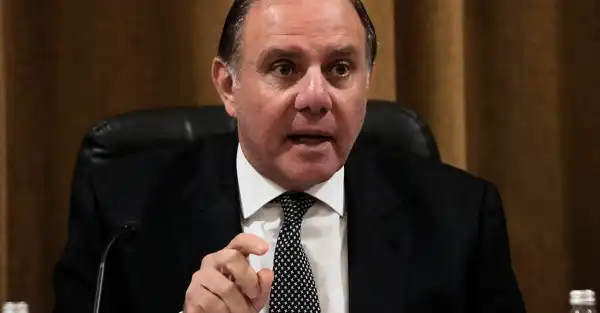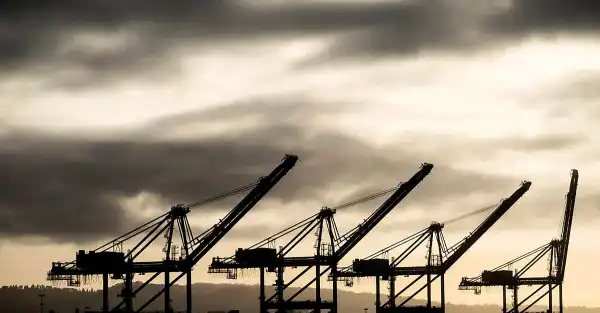
(Photo: Kiefer/Flickr)
Within a few years, central banks have shifted from worrying about the lack of inflation — and possible shift into deflation — to confronting the prospect of a stagflationary spiral.
Debating whether current inflation reflects supply or demand-side pressures — or both — took centre stage at the annual meetings of the International Monetary Fund (IMF) in Washington in October 2022. Diagnosing the sources of the shock, and understanding whether it is transitory or permanent, is critical for guiding central banks’ response function.
The stakes for economic growth and development could not be higher: the reality of the climate crisis and the investment opportunities of the green transition are determined by exogenous planetary boundaries, not the fiscal and monetary conditions of the day. Failing to invest now would worsen economic conditions further, risking a continuous vicious cycle of underinvestment, slow growth, and high debt.
On the sources of inflation, the demand-side camp asks central bankers to look in the mirror: years of low interest rates and quantitative easing (QE) have propped up asset prices.
This accelerated during the pandemic, when central banks abandoned their first steps towards normalisation to support the economy with fresh QE. Central bank balance sheets have more than quadrupled since 2008, standing at over 30 trillion US dollars in 2022. Pandemic-related QE alone was several times that of the 2009-11 period that followed the financial crisis.
Whether monetary policy has contributed to the surge in inflation is a somewhat different question to whether central banks are to blame. Central banks point to government inaction as the driver of their own actions — particularly the reluctance of governments to push ahead with structural reforms and take advantage of low borrowing costs to make much-needed investments.
Pushed into a corner and constrained by their price stability mandate, central banks had little choice but to become “the only game in town”, attracting criticism for taking on what should have been the task of elected politicians. They did so uncomfortably.
Time and again, they called on governments to support the recovery and drew attention to the limits of what monetary policy could achieve. Some went even further, cautioning against the risks of creating a government bond bubble, or warning that they may come to regret their efforts to create inflation.
Governments’ eventual turn to fiscal expansion during the pandemic contributed further to the surge in inflation. Innovative support packages to save lives and livelihoods came with the risk of generating excess liquidity and causing generalised price increases.
The supply-side implications of the pandemic and related deglobalisation are inflationary in several ways. First, there are the obvious difficulties in global supply chains and container ships, including disruptions in the trade of chips and other critical high-tech inputs. At the same time, the pandemic has reset people’s preferences regarding work, with many people refusing to re-join the post-pandemic labour market. Added to that, years of misguided energy policy and failing to diversify energy supply made key parts of the global economy vulnerable. Europe’s accelerated inflation is a result of inelastic demand for natural gas.
If unaddressed, climate change could create further inflationary pressures.
If today’s “fossilflation” reflects the legacy cost of fossil fuel dependence, central bankers have also warned of future “climateflation” (as the greater frequency, intensity, and geographic spread of climate-related extreme events disrupts economic activity and agriculture) as well as “greenflation” (a higher risk in a disorderly transition scenario where the supply of critical inputs fails to meet demand).
Sign up for EUobserver’s daily newsletter
All the stories we publish, sent at 7.30 AM.
By signing up, you agree to our Terms of Use and Privacy Policy.
As remarked by former Fed chair Paul Volcker in 2013, “the challenge you face in running a low-interest-rate policy is when to end it. The easy part is easing; the hard part is tightening.”
Raise too soon, and you may cause a recession. Raise too late, and you risk further entrenching inflation. The IMF’s advice to central banks was to err on the side of overtightening, despite admitting that the latter may “risk pushing the global economy into an unnecessarily harsh recession”. According to its chief economist Pierre-Olivier Gourinchas, “the hard-won credibility of central banks would be gravely undermined if they misjudge, yet again, the stubborn persistence of inflation” as this “would prove much more detrimental to future macroeconomic stability”.
A policy-induced recession would significantly damage the prospects of moving ahead with the investments to address the climate crisis. While there is a wide set of measures that central banks and financial supervisors and regulators can take to align the financial system with net zero, there are limits to how effectively the financial system lever can drive change in the real economy.
What is needed is a strong investment push to make a breakthrough on both climate and development goals, particularly in emerging markets and developing economies. The next decade will be critical, and the time to determine that course of action is now.
Against a backdrop of worsening monetary and financial conditions, the catastrophic consequences of an “unnecessarily hard recession caused by overtightening” should not be underestimated. This is not only an economic priority, but also a security one.
As German finance minister Christian Lindner put it, renewables offer “freedom energy” that reduces supply chain vulnerabilities. As the cost of such sources continues to decrease, such a shift would also be expected to be deflationary.
The case for investment remains far superior to that of inaction. Given climate boundaries, a high-quality investment push is the best — indeed the only — route to sustainable growth and development. Without it, we risk an even more limited policy space, making the choices for central banks even trickier.
Source: euobserver.com



